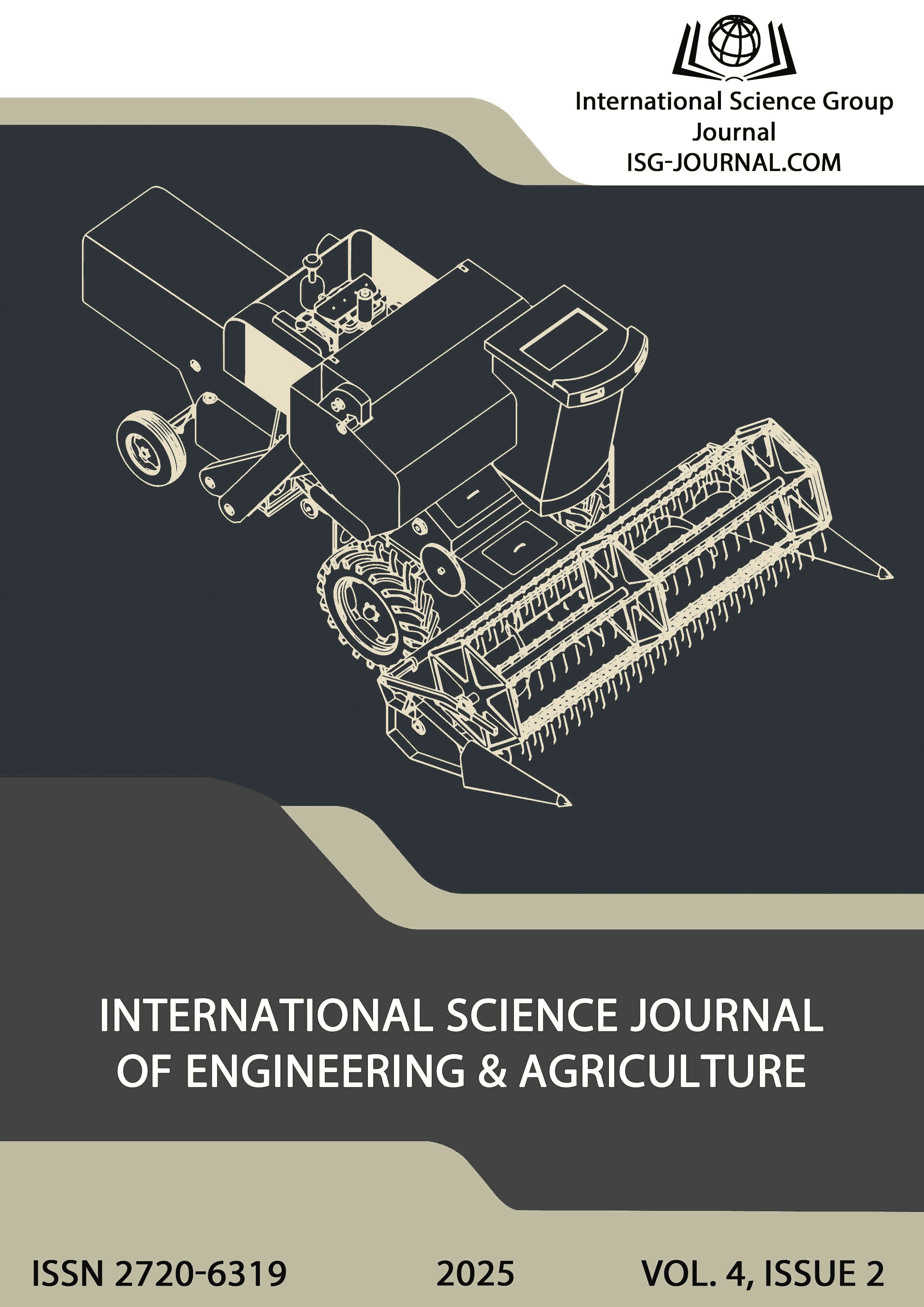Newton's modern formula of gravity and some properties of the structure of the Universe in the post-Newtonian approximation
DOI:
https://doi.org/10.46299/j.isjea.20250402.12Keywords:
Gravitational model, flat universe, theory of gravity, post-Newtonian approximation, limited range of gravity, cosmic web, entanglements, galactic filamentsAbstract
Newton's formula for gravity is presented in the post-Newtonian (PN) approximation. It is shown that for the case of a concentrated (point) mass, the gravitational potential of a point does not depend on the mass and is equal to half the square of the speed of light (), going to zero at infinity. For a mass uniformly distributed in space, an arbitrary point has zero potential and tends to () at infinity. It is also shown that the gravitational potential at the center point of a spherically symmetric sphere is equal to (), and not one and a half times the potential of its surface. And this value does not depend on either the radius of the sphere or its mass. The property of limited long-range action of a static gravitational field in a flat Universe is substantiated. Its meaning: from any point (galaxy) of the Universe, the field strength increases to a distance , where the gravitational potential - the geometric radius, and then decreases to zero at infinity. This point corresponds to the experimentally established fact that 5-6 billion years ago, outer space began to expand at an abnormally increasing speed. The nature of the force that leads to the formation of cosmic webs - voids (giant cavities) and filaments (filamentous clusters of galaxies) in the space of the Universe is investigated. The study is based on the fact that according to the PN approximation, a spherically symmetric material shell, in contrast to the conclusions of Newton's theorie of gravity, creates a gravitational field in the internal volume of a hollow sphere. It is shown that in a universe with dispersed matter, masses located inside a cavity with a lower density of matter than in the surrounding environment are subjected to a directed gravitational influence from masses located outside the cavity. The latter tend to move the mass located inside the cavity towards the cavity wall. Therefore, areas with reduced density values are transformed into inlets. And the substance that left them forms clusters in the form of galactic filaments (fibers) on the periphery of the inlets. That is, there is a density fragmentation of the volume of the Universe - the formation of a volumetric cosmic web or a cellular density structure. It is shown that in a static Universe, only masses adjacent to the cavity, which are at a distance of no more than three radius of the spherical cavity, have such an effect. Thus, around the cavity at a distance from its center, the matter that migrated from the cavity forms a shell of increased density with an inner radius and an outer radius .References
Zakharov V.D. Gravity From Aristotle to Einstein. - BINOM. Lab. Znayn, 2003. – 278 p.
Landau, L. D., Lifshits, E. M. Field theory. — 8th edition, stereotyped. — M.: Fizmatlit, 2006. — 534 p.
General theory of relativity: Trans. with English./Under the editorship. WITH. Hawking, V. Israel - M.: Mir, 1983. - 455 p.
Logunov A. A. "Lectures on the theory of relativity and gravitation. Modern analysis of the problem", Moscow: "Nauka" (1987)
Logunov A. A. Relativistic theory of gravity. — M.: Nauka, 2006. — 253 p.
Milgrom M. Modified Newtonian dynamics. (1983) - MOND [https://ru.wikipedia.org/wiki.
Ivan Karpenko. Post-Newtonian approximation in the theory of gravity of a spherically symmetric body. International Science Journal of Engineering & Agriculture. Vol. 1, No. 3, 2022, pp. 126-147. doi:10.46299/j.isjea.20220103.4.
Lectures on the theory of relativity and gravitation. Modern analysis of the problem", "Nauka" (1987)
Pais A. Scientific activity and life of Albert Einstein: Trans. from English/Ed. by academician A. A. Logunov. – M.; Science. Ed. in chief of physical and mathematical literature, 1989. – 568 p.
Tikhonov A.N., Arsenin V.Ya. Methods for solving ill-posed problems. – Main editorial office of physical and mathematical literature, Nauka Publishing House, 1979. – 288 p.
Panteleev V. L. Physics of the Earth and Planets. Lecture Course. 2001. 117 p.
Kuzmichev V. E. Laws and formulas of physics / Ed. V. K. Tartakovsky. - Kyiv: Nauk. Dumka, 1989. - 864 p.
Greene B. R. The Fabric of the Cosmos: Space, Time, and the Texture of Reality / Translation by Yuri Artamonov of the book “The fabric of the cosmos: space, time and the texture of reality / Brian R. Greene”. Random House, Inc., New York, 2004. ISBN 0-375-41288-3.
Poplavsky, N. (2012). "Non-singular big bounce cosmology from spinor-torsion coupling". Physical Review D. 85 (10)
Petti, R. J. (2021). Derivation of Einstein–Cartan theory from general relativity. International Journal of Geometric Methods in Modern Physics. 18 (6): 2150083-2151205. arXiv:1301.1588. Bibcode:2021IJGMM..1850083P. doi:10.1142/S0219887821500833. S2CID 119218875.
Novikov I. D. Evolution of the Universe – 2nd ed., revised. – Science. Main editorial board of physical and mathematical literature, 1983, 192 p.
Karpenko, I. (2022). On the nature of the force of the accelerated expansion of the Universe and the physical mechanism of the formation of the “cosmic web”. International Science Journal of Engineering & Agriculture, 1(3), 229–246. Retrieved from https://isg-journal.com/isjea/article/view/31.
Astronomical encyclopedic dictionary / edited by I. A. Klymyshyn and A. O. Korsun. — Lviv: Main Astronomical Observatory of the National Academy of Sciences of Ukraine: Lviv. Ivan Franko National University, 2003. — 548 p.
Downloads
Published
How to Cite
Issue
Section
License
Copyright (c) 2025 Ivan Karpenko

This work is licensed under a Creative Commons Attribution 4.0 International License.






